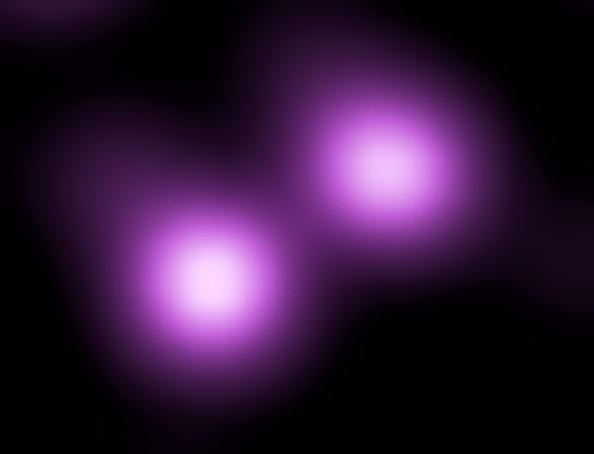Two new rare starts were discovered by astronomers. These new space bodies have some unusual characteristics that confuse space researchers, especially how they form.

They were first identified by a team of German researchers. After discovering the new type of star, they published the results on the Monthly Notices of the Royal Astronomical Society journal.
These two new stars show that people still have a lot to learn about space and its heavenly bodies. The discovery of the so-called pre-white dwarf stars can further help space experts know more about how these bright objects are formed.
Rare Stars With Abundant Oxygen, Carbon
According to Live Science's latest report, the pre-white dwarfs were identified using the data of LAMOST (Large Sky Area Multi-Object Fibre Spectroscopic Telescope) in China.

Also Read : What is the Polaris Program? SpaceX Human Flights for Starship Coming Soon Under Collaborative Effort
On the other hand, the German astronomers also used the Large Binocular Telescope Observatory of Arizona. What makes them quite different from the common pre-white dwarf stars is that they have lots of oxygen and carbon near their surface.
Experts said that the massive amount of oxygen and carbon are common to the white dwarfs. However, they only appear on their surface if that heavenly body is about to die, especially after it uses up most of its helium.
Why These Pre-White Dwarfs are Unusual
The Royal Astronomical Society explained that if a star is far from dying, then its surface should be covered by helium and hydrogen.
Once it is composed of carbon and oxygen, that means that the star is already burning up its helium. But, the two rare stars already have the ashes of the burning helium even if their cores still have helium.
"Normally, we expect stars with these surface compositions to have already finished burning helium in their cores, and to be on their way to becoming white dwarfs," explained the study's lead author, Klaus Werner.
He added that the newly discovered heavenly bodies, named PG1654+322 and PG1528+025, really challenge how they understand stellar evolution.
NASA James Webb Space Telescope captured a "first light" image in other news. Meanwhile, a powerful solar flare was recently identified by NOAA.
For more news updates about stars and other related topics, always keep your tabs open here at TechTimes.
Related Article : NASA Juno Spacecraft Captures Jupiter Pepperoni-Like Storm | Here's Why It Looks Like This!
This article is owned by TechTimes
Written by: Griffin Davis




